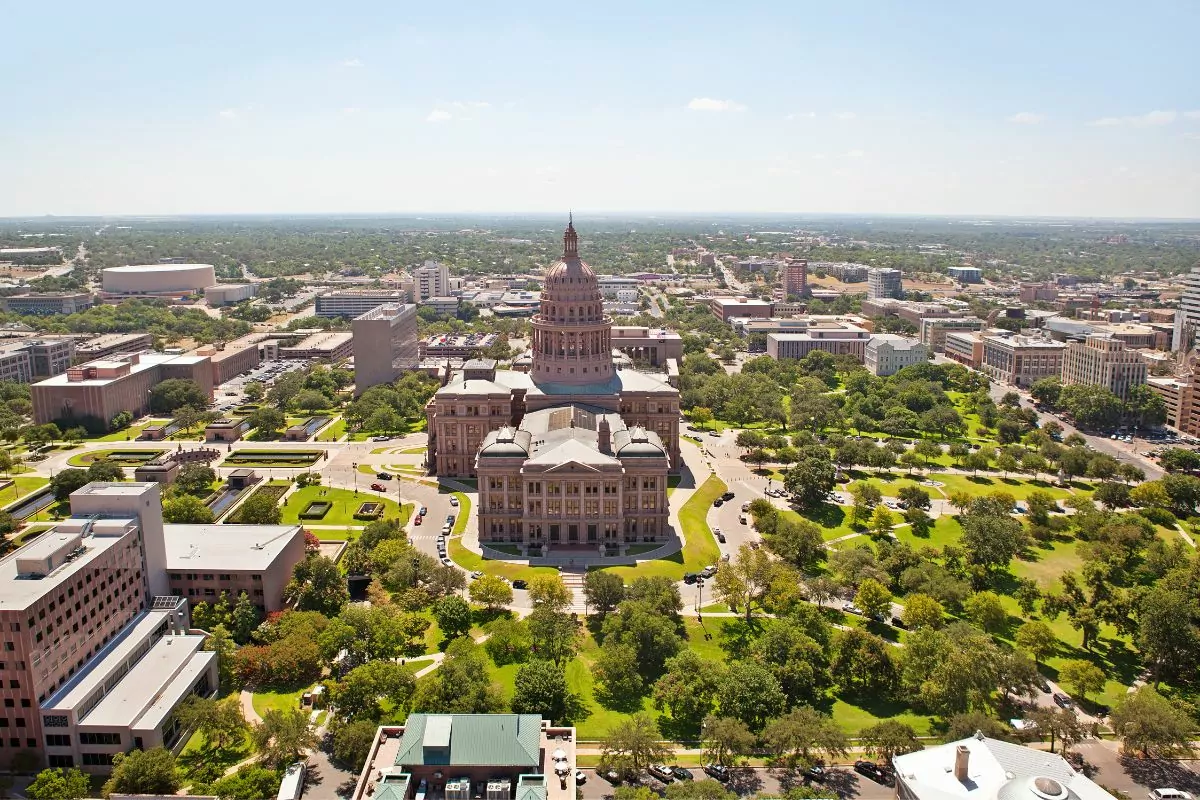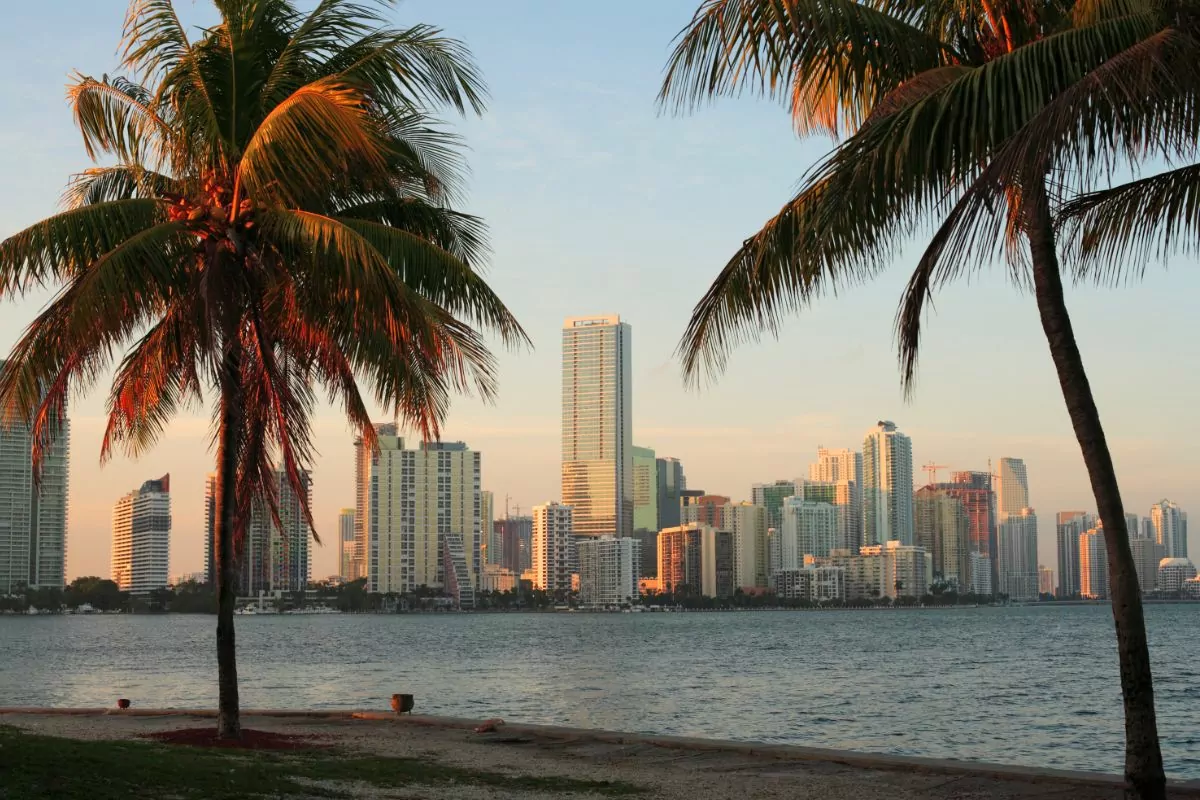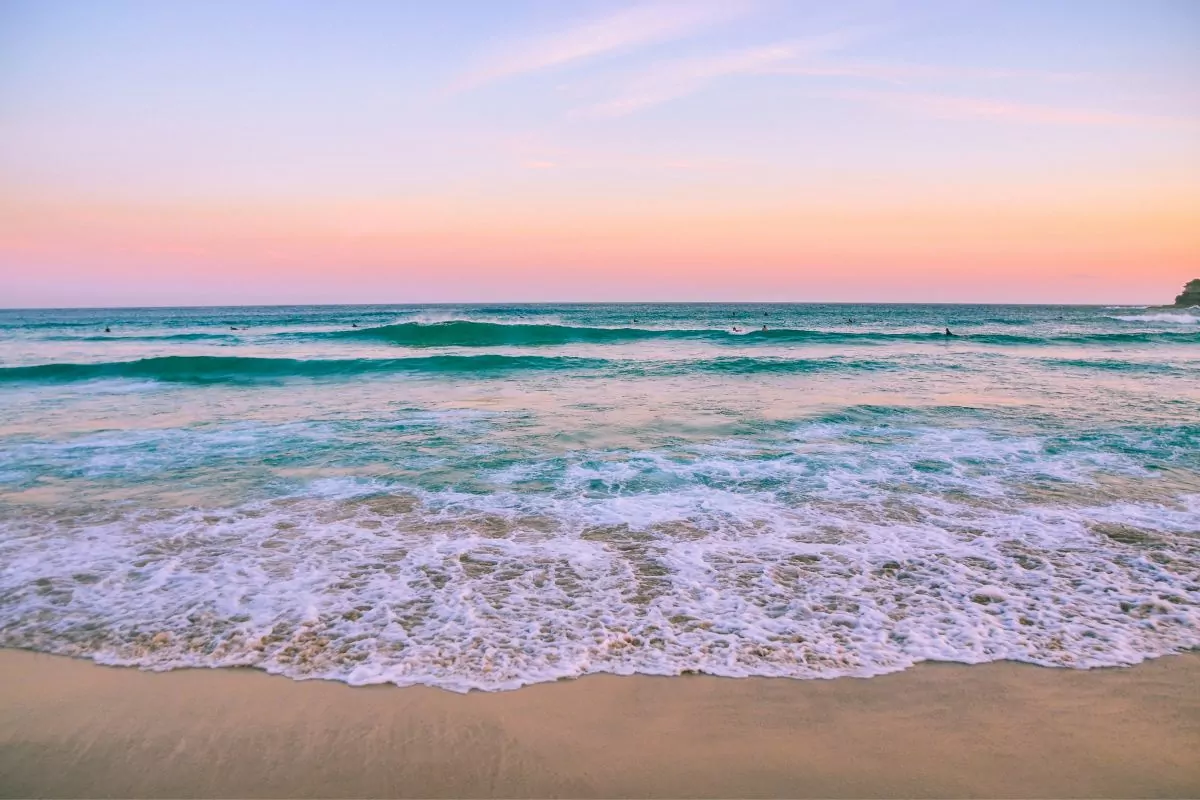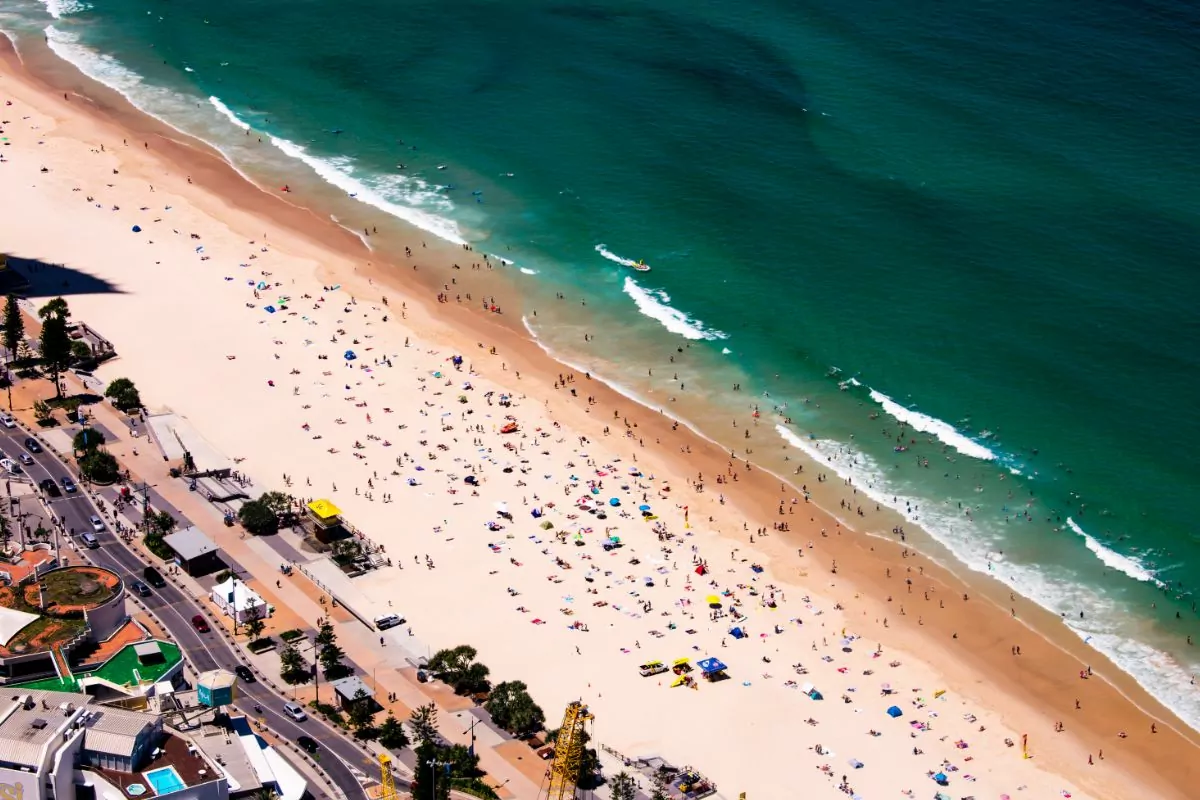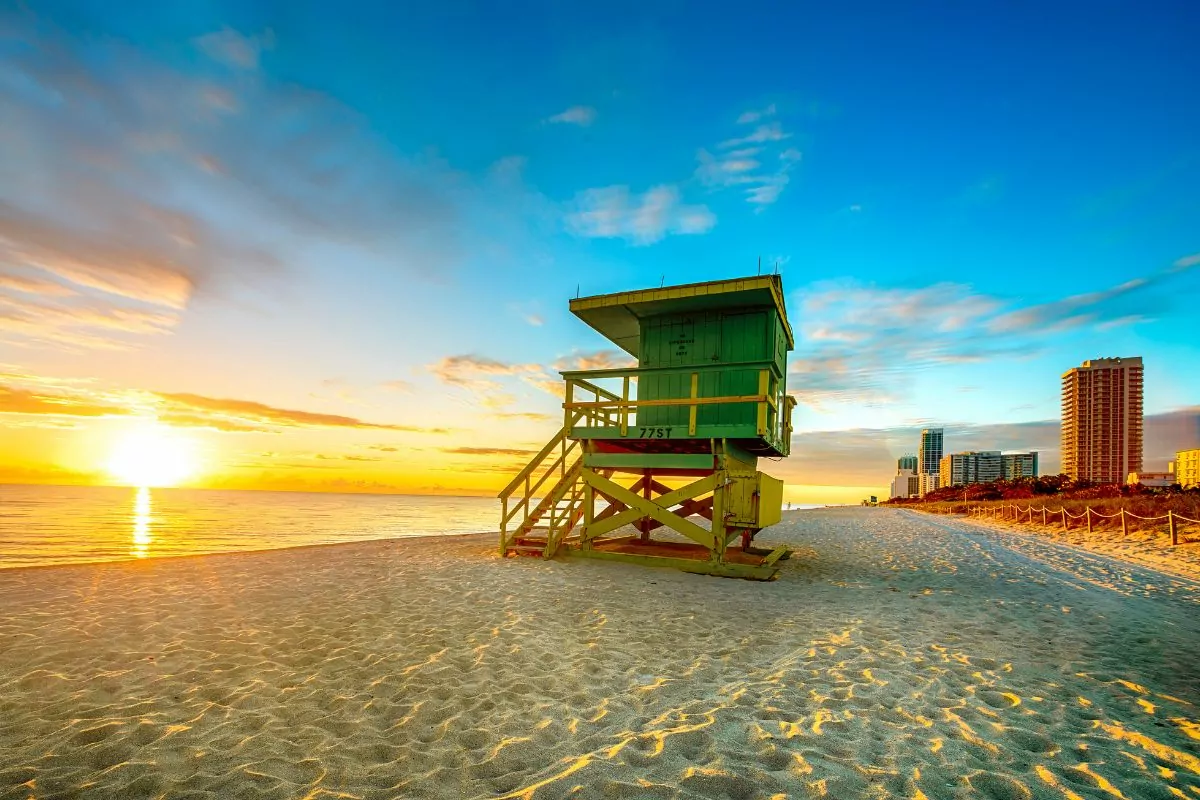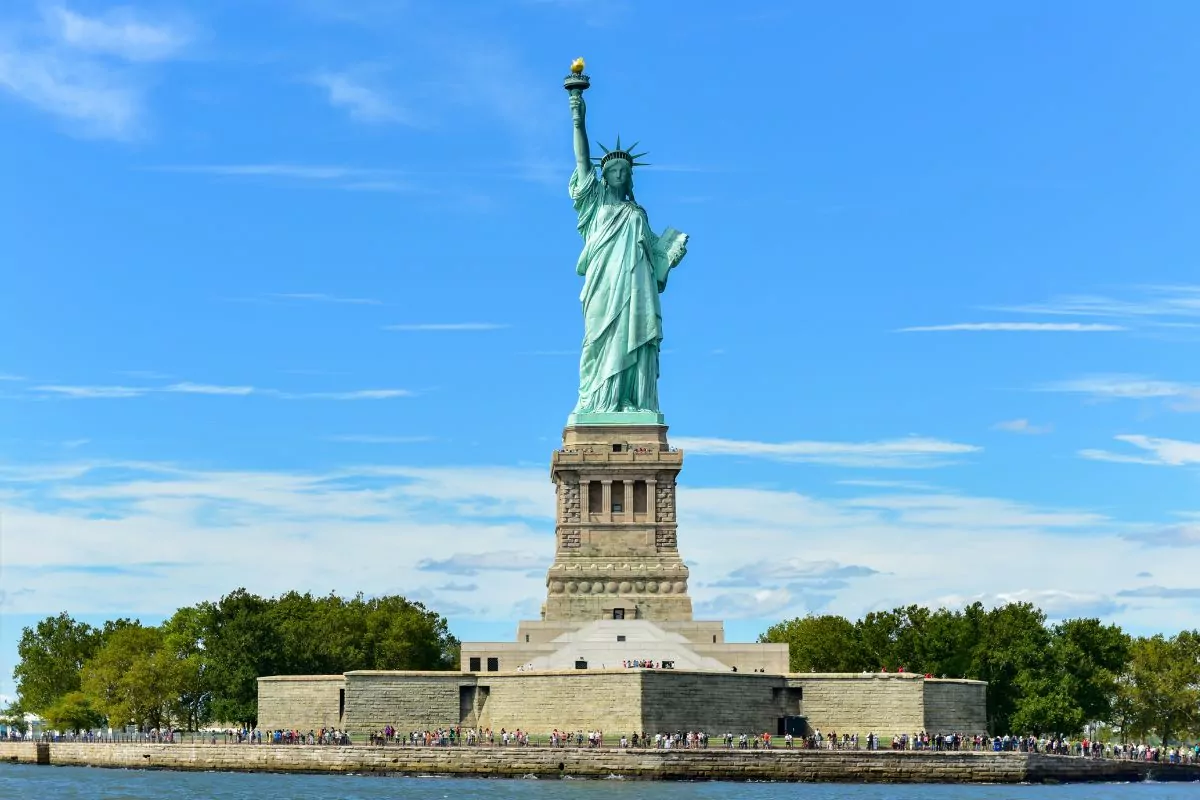Most people know Oregon for its dramatic, rugged coastlines and cascading mountains – some of which were highlighted in the 80s movie The Goonies.
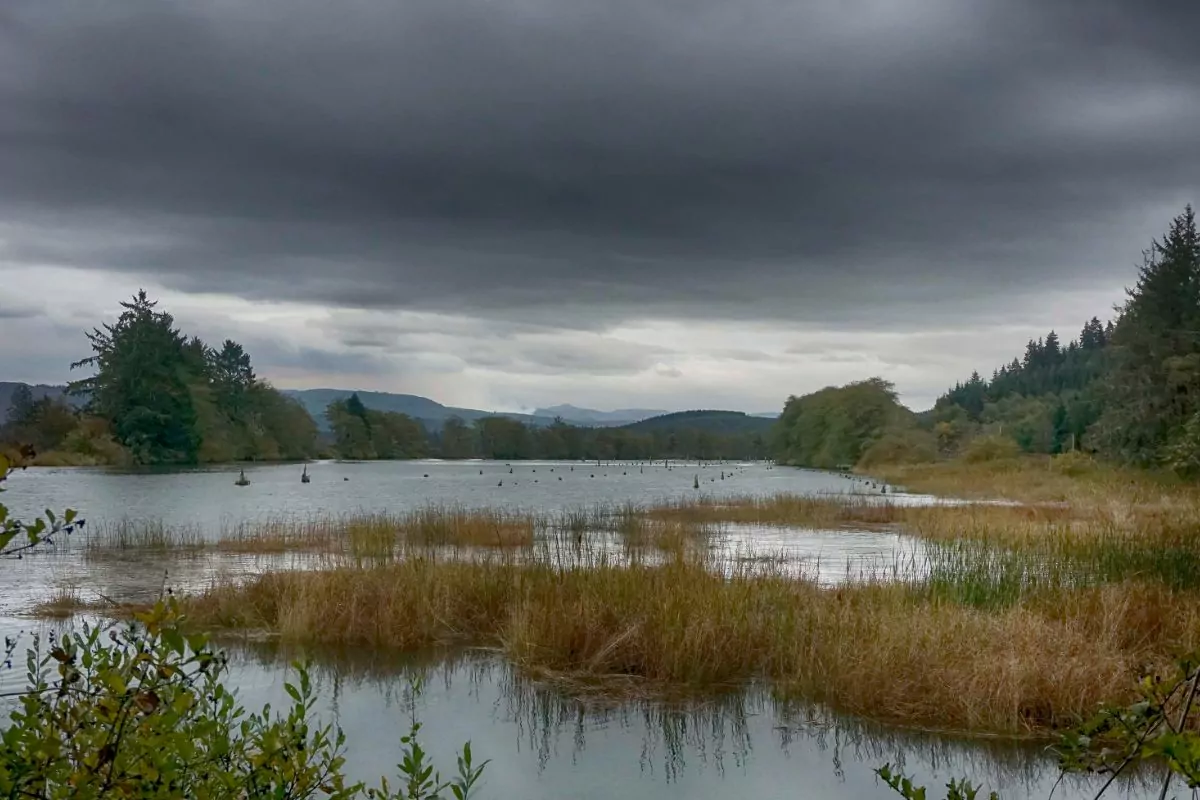
However, you might be surprised to discover that the state offers much more than this, including some of the deepest lakes in the country, high desert red rock formations – which make for a climber’s paradise, and scenic corridors with towering waterfalls.
In fact, you may have never heard of the coastal sand dunes perfect for off-roading, rainbow-colored hills that took millions of years to form, or a mountain range known by locals as “Little Switzerland”.
Whether you’re looking to geek out over some geological marvels dating back to the Ice Age, looking to take part in some heart-pounding adventures, or simply take in the 360-degree panoramic views from a cliff or mountain park overlooking the Pacific – there is something for everyone!
With this in mind, this article will explore 10 of the best National Parks in Oregon to absorb everything Oregon has to offer.
1. Crater Lake National Park
Crater Lake is considered to be Oregon’s only designated national park. If you’re an outdoor enthusiast, it is a must-see destination.
Here, the crystal blue waters of the expansive ‘crater’ lake hold an ancient caldera – which is the result of the Mazama volcano erupting more than 7,000 years ago.
In fact, Crater Lake is the deepest lake in the entire United States, reaching approximately 2,000 feet in depth. Only snowmelt and rainwater contribute to the water’s dazzling depths – providing the waters with its iconic hue.
Just standing on the edge of this geological wonder is sure to leave a lasting impression on your visit. The lake itself is open all year round and has a notoriously long snowy season.
Therefore, you should keep in mind that vehicle access during this period is limited. Visitors to the area will usually take snowshoes or cross-country skis to explore everything the unplowed Rim Drive has to offer.
2. Oregon Caves National Monument & Preserve
Also known as the “Marble Halls of Oregon”, this system of twisting and dark passages are located deep within the Siskiyou Mountains – one of the most awe-inspiring natural wonders in the state!
Besides the underground passageways and caves, there is also an incredible 4,554-acre park with camping, hiking, and wildlife spots. Keep your eyes peeled, and you may just spot a cougar, bobcat, or even a bear.
3. Mount Hood National Forest
While Oregon is home to thousands of impressive peaks, none are as notable as Mount Hood. This is not only because the exterior of the ‘Timberline Lodge’ was featured in “The Shining”, either.
Here, you’ll find Oregon’s tallest peak – towering an impressive 11,239 over the Cascade Range – which overlooks millions of acres of stunning national forest.
During the winter, you can experience some amazing cross-country skiing, snowboarding, and skiing. For the rest of the year, you can head to the mountains and hike through the lush forests, or even swim in the postcard-perfect lakes of Mirror and Trillium Lakes.
After your outdoor activities, you can quench your thirst with a beer or sate your appetite with a pizza at Timberline’s Ram’s Head Bar. Plus, there are a ton of other breweries and restaurants in the small ski town of Government Camp.
4. Lewis And Clark National Historical Park
The Lewis and Clark National Historical Park is made up of several units which are located towards the end of the Columbia River – separating Washington and Oregon.
The units found are used to commemorate the Corps of Discover which spent time here. Here, you’ll find reconstructed winter forts, lush hiking trails, and interpretive sites – all of which take visitors back to the early 1800s.
One of the first places to visit on your trip is Fort Clatsop & Visitor Center. This historic site and reconstructed site are located 15 minutes away from Astoria – which is on the other side of Young’s Bay.
This was the main winter encampment for the Corps of Discovery between 1805 and 1806. Today, it is one of the most popular attractions in the park.
You can find several hiking trails throughout the area, including the Fort-to-Sea Trail, which takes you to Sunset State Beach.
5. Fort Vancouver National Historic Site
At Fort Vancouver National Historic Site, you’ll find four unique sites – each one telling a different story. Here, you’ll be offered the opportunity to take a peek into the area’s fur trading history.
Plus, you’ll uncover the U.S. Army’s Vancouver Barracks role in the evolution of aviation – as well as the origin of the Pacific Northwest.
If you’re looking to understand more about the history of the state and revel in all the natural beauties it has to offer, then this is a must-see destination for you.
6. Ecola State Park
On Oregon’s dreamy and dramatic coats, there are many impressive viewpoints to take advantage of. Plus, thanks to a beach bill written in 1967 – which earned the area its nickname “The People’s Coast”, all of the 363 miles of wild seacoast is open to the public.
However, if you’re looking to fully take in the state’s rugged beauty, then make sure to stop at Ecola State Park. It features a 9-mile stretch between Cannon Beach (this is where you can see the famous Haystack Rock) and the town called Seaside.
Whether you decide to marvel at the impressive sea stacks, take a stroll to one of the lookouts, hike down to Indian Beach, eat lunch at one of the many picnic tables, spot some eagles or elk, or even explore some tide pools – there is something for everyone!
7. John Day Fossil Beds National Monument
Located in the heart of Oregon is John Day Fossil Beds National Monument. It can be found between Portland and Boise, Idaho.
The monument contributes to the John Day River Basin – this is a relatively remote and rugged area of the state with lots of unique geology.
Additionally, the area is a hot spot for all things recreational activity, ranging from rafting on the John Day River to mountain biking. However, the biggest draw to the area is its impressive rock formations and collection of fossils that date back 50 million years.
Here, the monument is divided between the Painted Hills Unit, Sheep Rock Unit, and Clarno Unit. Each one contains various hiking trails that consist of eye-catching environments.
A few favorite attractions to the area include the spectacular colors of the Painted Hills and the Palisades in the Clarno Unit. It takes approximately one to two hours to drive on the secondary roads to reach the different units.
That said, it isn’t recommended to visit all three units in one day. Even though there aren’t any lodgings or campgrounds around the monument, there are various lodging options in the area.
8. Ice Age Floods National Geologic Trail
This national trail is rich in history and dates to the end of the Ice Age when an ice dam burst in Northern Idaho and flooded the Columbia River before getting to the Pacific Ocean.
This event significantly changed the Pacific Northwest landscape, as well as parts of Washington, Montana, Idaho, and Oregon.
You can find remnants of the flood in areas in Oregon, including Hat Rock – this is a monolith that was carved as a result of the floor, and the Tualatin Ice Age Trail white features remnants of rock, bone, and ice – dating back 18,000 years.
9. Smith Rock State Park
Many people haven’t visited Central Oregon. Upon arrival, you may believe you have entered Arizona or Utah due to the red rocks of Smith Rock. In fact, Central Oregon is a high-desert climate that features an average of 300 sunny days per year.
Plus, don’t be alarmed if you see climbers hanging from the sheer rock walls or standing atop the Monkey Face – a 350-foot column that features a distinctive head, eyes, and nose.
Don’t worry, if you’re not a climber, you can still view some amazing 360-degree scenes thanks to the scraggly desert landscape.
10. California National Historic Trail
The 1940s and 1950s witnessed one of the greatest mass migrations in the United States. Here, 250,000 people traveled to California in pursuit of farmland and gold.
From Oregon, the California National Historic Trail starts at Salem and moves south. Don’t forget to stop at Douglas County Museum for the largest natural history collection in Oregon.
Final Thoughts
Oregon is packed with natural wonders – ranging from incredible mountainous peaks, cascading waterfalls, and lush forests. One of the best ways to uncover everything the area has to offer is through a national park – and Oregon is certainly not short of these!
Hopefully, this guide has informed you on everything you need to know about the best National Parks in Oregon.
- The 10 Most Dog Friendly Hotels in Glasgow: A Comprehensive Guide for Pet Parents - September 29, 2023
- The 8 Best Dog Friendly Hotels In Liverpool For You And Your Dog - September 25, 2023
- The 8 Best Dog Friendly Hotels In Weymouth For Your Coastal Trip - September 23, 2023


